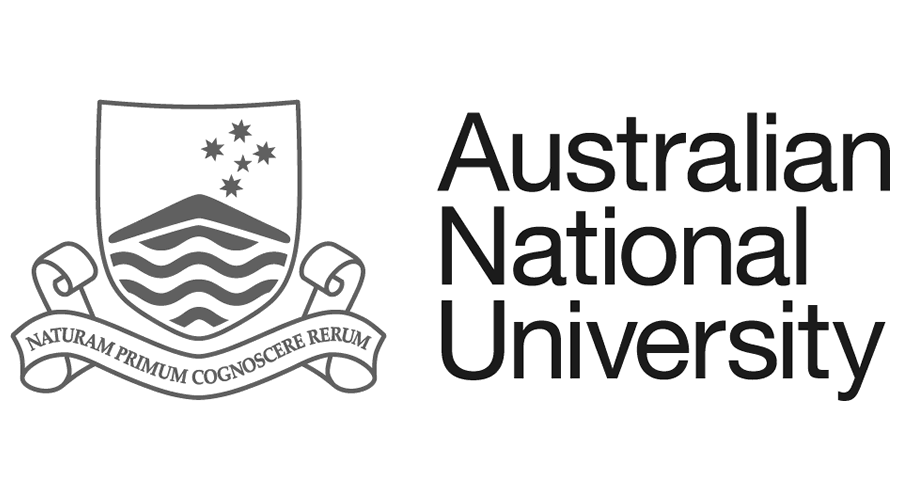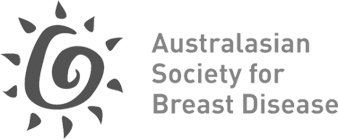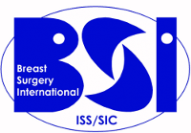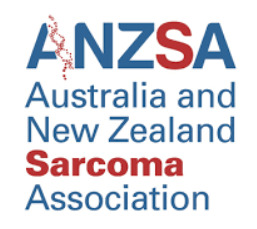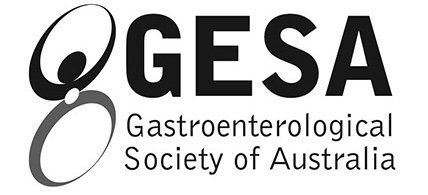BREAST ULTRASOUND EXAMINATION
What is a Breast Ultrasound Examination?
An ultrasound, or sonogram, is a common procedure which uses sound waves to detect, diagnose, and monitor a variety of breast conditions.
What is an Ultrasound?
During an ultrasound the radiographer uses a small ultrasound probe, which emits high-frequency sound waves, to create an internal image of a specific area of the body. This image is transmitted to a monitor. Image stills can be captured and printed.
There are three main types of ultrasound:
- External: the probe is moved over the skin,
- Internal: the probe is inserted into the body, and
- Endoscopic: the probe is inserted further into the body via a long, thin, endoscopic tube
Benefits of an Ultrasound
Ultrasounds are simple, safe procedures which do not require the use of injections, incisions or radiation to develop images of internal parts of the body.
What can be Examined with an Ultrasound?
Ultrasounds can be used to examine many parts of the body including the:
- Breasts
- Blood vessels
- Digestive tract
- Pelvis & Heart
- Other soft tissue organs
What Conditions can be Diagnosed by Ultrasound?
A number of conditions can be identified via Ultrasound. These include:
- Cysts and abnormal growths,
- Cancer, and
- Damage to the internal organs
Why is a Breast Ultrasound Required?
A Breast Ultrasound is required when a GP or specialist suspects that patients may be suffering from any disease best identified by the procedure.
Risks and Complications of Breast Ultrasounds
There are no identified risks associated with ultrasounds as, unlike CT scans and x-rays, they do not require or expose the patient to radiation.
To avoid any complications during the procedures patients simply need to inform the radiographer of any allergies or existing conditions which may impact the processes used or the results.
What Consequences are There if the Suspected Condition is Undiagnosed or Untreated?
Depending on the condition you are suffering from the consequences could range from serious to severe or even fatal. Some illnesses or damage that ultrasounds can uncover, such as Breast Cancer benefit from early detection and treatment.
What are the Ultrasound Equipment’s Specifications?
Only a few pieces of equipment are needed to conduct an ultrasound:
- A transducer, also known as an ultrasound probe, which emits and records high-frequency sounds
- A monitor, to view the images created by mapping the sound waves
Preparation for a Breast Ultrasound
What Special Diet is required Before an Ultrasound?
There are no special diets required before an ultrasound. However, you may be instructed to drink extra fluids or abstain from eating depending on the type of ultrasound procedure.
What should a Patient Tell the Radiographer Before an Ultrasound?
Before undergoing an external ultrasound for the purpose of examining your blood vessels and blood flow you should tell the radiographer if you are diabetic.
If you are having an internal ultrasound you will need to inform the radiographer if you have an allergy to latex so that they use a latex-free probe cover.
What to Bring for an Ultrasound?
You don’t need to bring anything with you. Everything needed will be supplied by the radiographer.
What to Wear for an Ultrasound?
The are no special clothing requirements, although you will be required to remove your top for a Breast Ultrasound, so you should try and wear something that is comfortable and easy to remove.
You will be provided with a place to change and a gown to wear.
How Long will the Ultrasound Take?
Depending on the type of ultrasound and the part of the body being examined the procedure can take anywhere from 15 to 45 minutes.
When you book your ultrasound appointment you will be given an estimate of how long the procedure will take.
Ultrasound Procedure Description
What does Breast Ultrasound Involve?
Ultrasounds are usually administered in hospitals or specialist medical centres by specially trained staff, such as radiographers, sonographers, midwives or physiotherapists.
The procedure itself is very simple, although the exact procedure will vary depending on what type of ultrasound is needed.
Specific Steps During an Ultrasound
The ultrasound procedure varies depending on which part of the body is being examined. For example:
- During an external Ultrasound, a lubricating gel is placed on the skin and then the handheld probe is passed over the area.
- During an internal Ultrasound you will need to lie down on your back or on your side with your legs bent. A small probe is then inserted into the cervix or rectum.
- During an endoscopic Ultrasound, the probe is attached to a long narrow tube. Typically you will be given a sedative and a local anesthetic spray will be used to numb your throat. The probe is then inserted into the mouth and fed down the throat.
Your GP and radiographer will explain the procedure to you in detail and answer any questions you may have.
Post Ultrasound Instructions
What are the Recovery Details?
Most patients suffer no side effects and will be able to return to work or home immediately after an ultrasound.
However, patients who undergo an endoscopic ultrasound are usually advised monitored for several hours, until the effects of the sedative and local anesthetic start to wear off.
Can I Drive Home?
Patients who receive an external on internal ultrasound will be able to drive immediately after the procedure.
Patients recovering from an endoscopic ultrasound will need to be picked up and monitored by a friend or family member after you are released. Patients should also abstain from drinking alcohol or operating machinery for at least twenty-four hours after the procedure.





